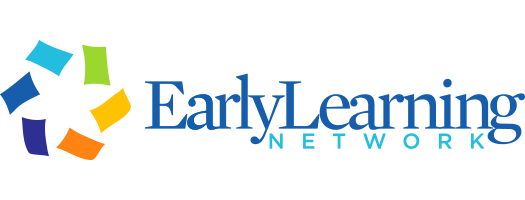11 Aug Promoting sustained environments to maintain the pre-K boost
The Early Learning Network is exploring many factors to better understand how to help children achieve early learning success and maintain it.
Sustained environments are essential to help young learners reach their full potential throughout their school career.
When children have access to high-quality pre-K programs, particularly those who face disadvantages, the experiences and learning opportunities they are exposed to may give them a boost in school.
However, the power of the pre-K boost varies widely among children, and unfortunately, sometimes fades in kindergarten and the early elementary grades.
There are many ways teachers, parents and policymakers can help foster high-quality learning experiences for children during pre-K and as they progress through school.
Through their collective research, Early Learning Network researchers have identified some best practices to create sustained environments — both in the classroom and at the policy level — that may support learning and development well beyond pre-K.
Best Practices: Sustained Environments
In the classroom
Ensure that teachers provide effective instruction that meets the needs of all learners.
- Teachers can support children’s interests and autonomy by offering choices.
- Teachers can observe children and provide extra emotional and instructional support to those who need it.
- Schools can make sure that children have opportunities to form close, trusting relationships with their teachers.
Strengthen communication and collaboration between parents and teachers each year and through transitions.
- A strong partnership between teachers and parents can improve students’ social, behavioral and academic outcomes.
In Policymaking
Develop structures and policies that strengthen coordinated learning environments in the classroom and at home.
- Pre-K programs and schools can actively work together to share information and support parents as their children transition across the early grades.
- Learning environments extend beyond the classroom and include all settings young children experience. Policies that support learning and development across time and settings, including home and school, are needed to promote students’ social, behavioral and academic outcomes.
Resources
Sustained Environments | Overview Video
Sustained Environments | Best Practices Video
Sustained Environments Handout

